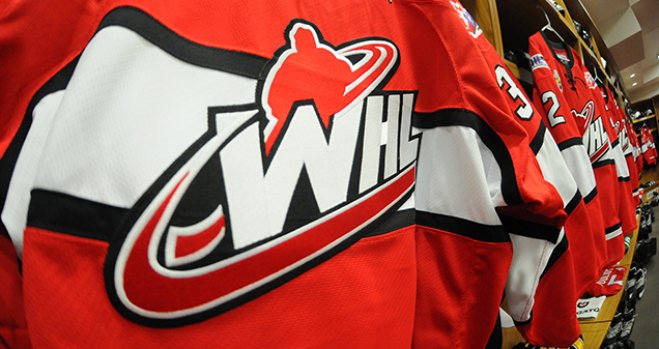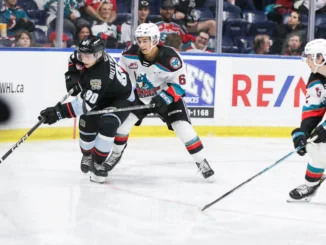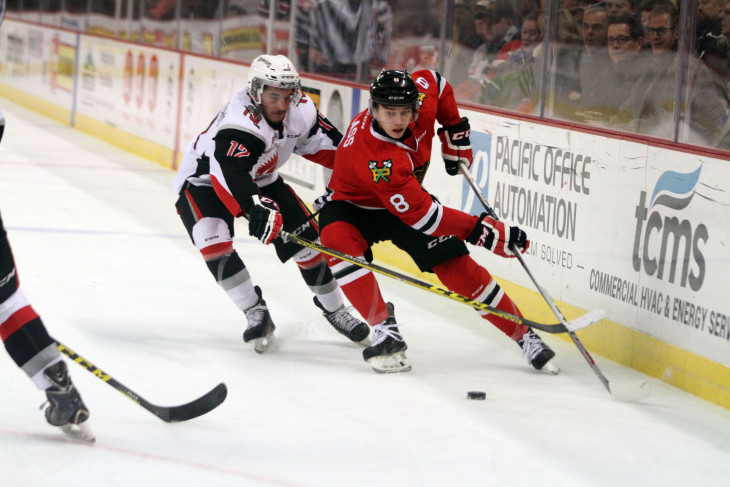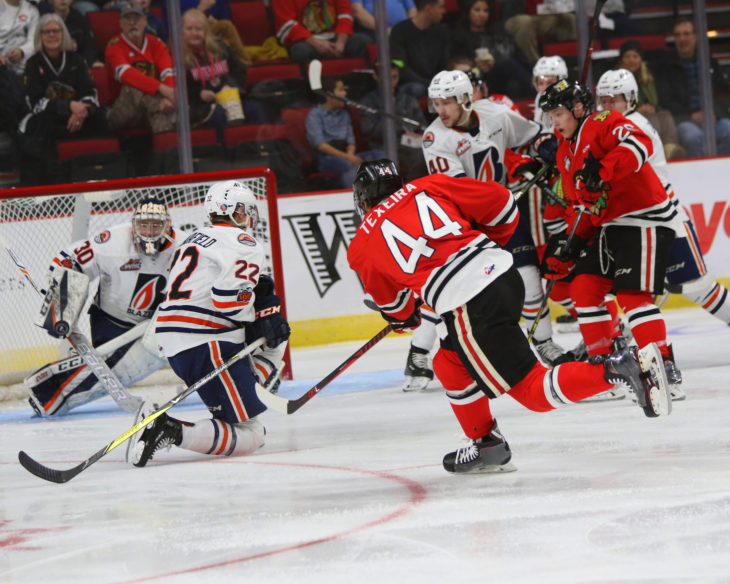
After a season filled with ups and downs, the Portland Winterhawks are looking into the promising future after an eventful 2017 Bantam Draft. Hundreds of prospects from all over Canada and the western United States hoped to make the protected list of 50 players for each WHL team, with an invite to development camps and the August training camp attended by all active players. For the first time in several years the Hawks were finally able to select a first round pick, and the rest of the team’s new prospects make up a wide variety of skills that will come in handy when they become eligible.
According to interviews leading up to the draft, Vice President/General Manager/Head Coach Mike Johnston is focused on building a roster focused on the main deficiencies Portland had this year: speed and puck handling. The 2016-2017 Hawks had a very solid offense with a strong emphasis on patient and strategic positioning; the real problem was carrying the puck through the neutral zone and pulling off the passes that enable such a playbook.
This is the last Bantam Draft to include the sanction punishments on the Winterhawks from the ruling in 2013, and though their first round pick has been forfeit every year, the organization has been able to trade for draft picks as normal. Cody Glass was the last player selected in the first round by the Winterhawks. That was in 2014, and the pick was acquired in a trade with the Calgary Hitmen.
For 2017, Portland used the first round to select Winnipeg native Seth Jarvis. The 15 year old forward nabbed 66 points this last season, and hopefully will inject some energy into the breakaway sprints that the team has needed to stay afloat in the rankings.
For the third round, the Hawks picked Ryan Helliwell from Vancouver, British Columbia at 55th over erall. The defenseman had an impressive 74 points during his last season, a real two-way player. The fourth round pick for the Winterhawks seemed to echo this ideal: Cross Hanas of Dallas, Texas is a nimble forward with an impressive backcheck and an ability to cut across the ice fast in times of need.
The fifth round pick was for a goalie, Dante Giannuzzi, which may be a very sound investment. A 90.9% save percentage and three shutouts is a great start for someone to likely be backing up Shane Farkas in a few seasons. To balance out that defense choice, the sixth round pick for Portland was another forward from Manitoba, Tyson Kozak, who posted 57 points (28 goals and 29 assists, extremely balanced play for a center) in only 36 games this last season.
The seventh round saw an uptick in offensive ranks, with forwards Robbie Fromm-Delorme from Richmond, BC and Aidan Thompson of Fort Collins, Colorado both selected. It was after the eighth round, wherein the Hawks acquired defenseman Ethan Edwards of St. Albert, Alberta, that a few trades took place. The Winterhawks picked up a ninth round pick from the Lethbridge Hurricanes–defenseman Trey Taylor–and a tenth round pick from the Spokane Chiefs, personified as forward Ethan Leyer.
Portland finished out the draft with three young forwards from the States, with Fargo native Tyler Kleven in the tenth round, and both Chase Yoder and Jackson Nieuwendyk in the eleventh.
Now, the obvious congratulations are in order for these young men, who are all taking their first steps into a larger world and one closer to careers in pro hockey. But what does this mean for the Portland Winterhawks? Well, very little in the short term. Most of these players are 14 or 15, and won’t be eligible for WHL play for a season or two. But there is a lot of raw talent acquired at once here. The rebuilding year (or years) eventually must yield some results, and it is reassuring that Coach Johnston and his very dedicated scouts are playing the long game.



